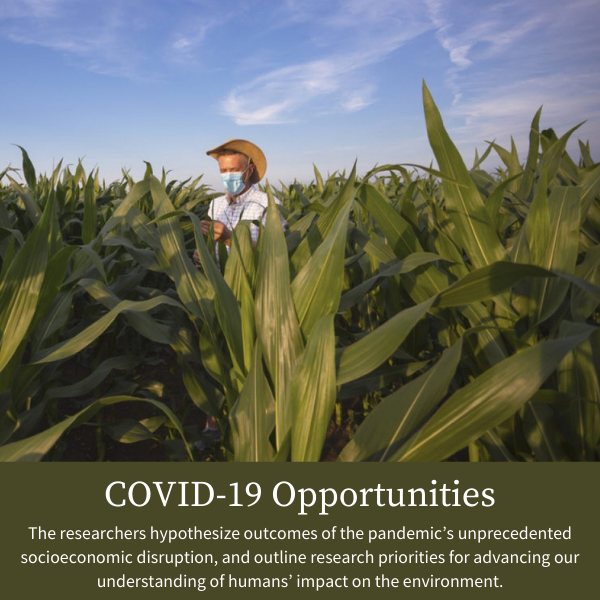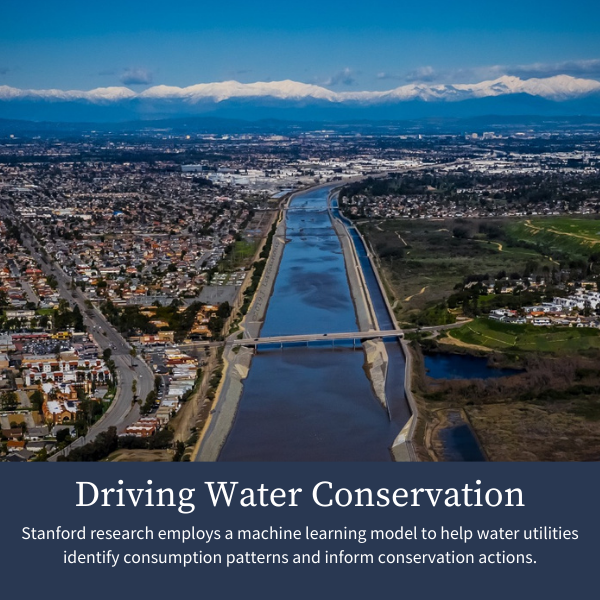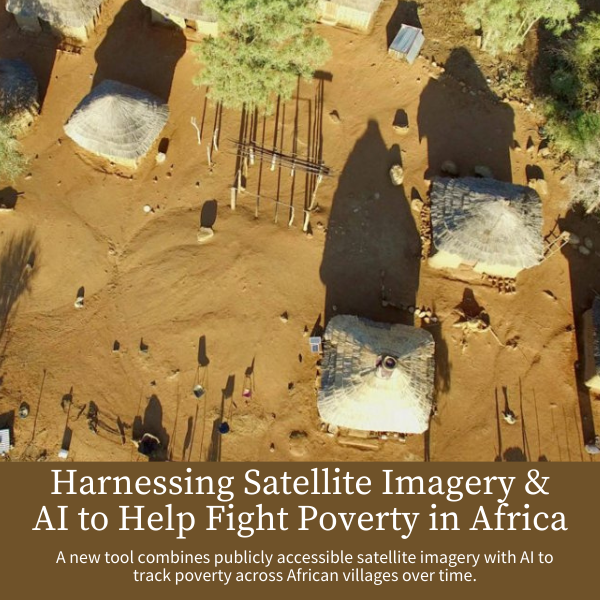The Woods Institute is now part of the Stanford Doerr School of Sustainability
2020 Reflections

Levi Bare / Unsplash
2020 was an unprecedented year. We are grateful for all the Stanford Woods community has done to meet environmental challenges together, and to continue to connect knowledge to action. From thought-provoking conversations and scientific innovations, to valuable lessons from the COVID-19 global pandemic, Stanford researchers have continued to advance solutions for people and the planet. Below is a reflection of some of the inspiring work from this past year. We are looking forward to continuing our interdisciplinary environmental research in 2021.
Contact Information
Christine H. Black
Associate Director, Communications
650.725.8240
ChristineBlack@stanford.edu
Devon Ryan
Communications Manager
650.497.0444
devonr@stanford.edu
Rob Jordan
Editor / Senior Writer
650.721.1881
rjordan@stanford.edu





















